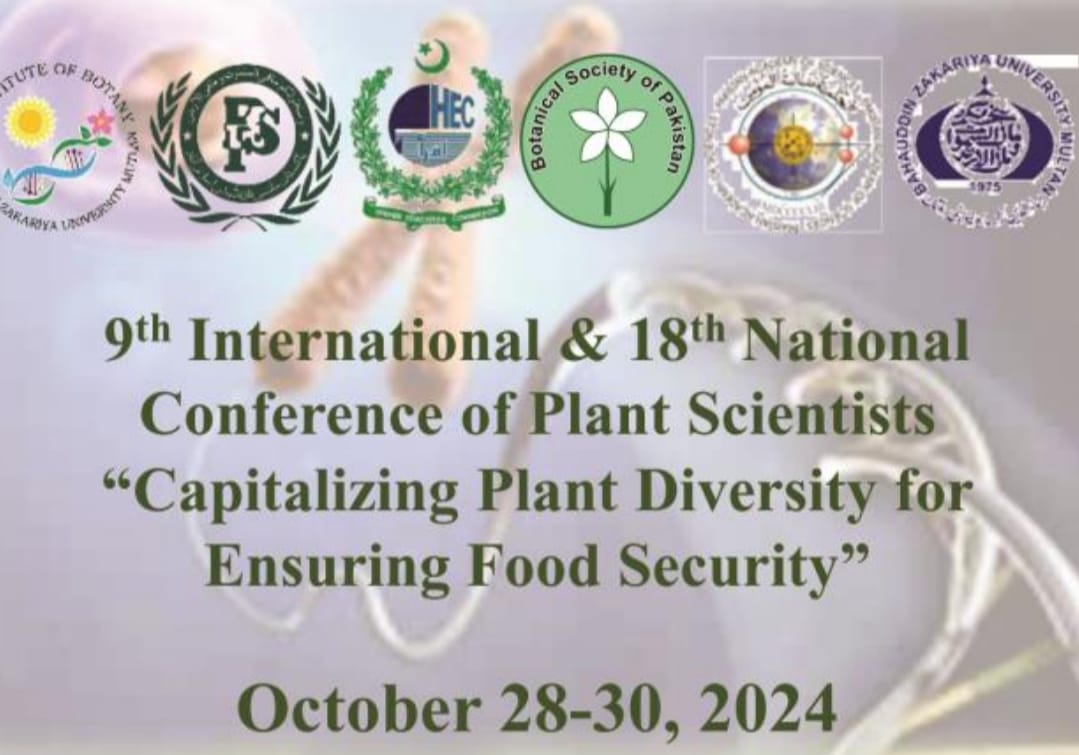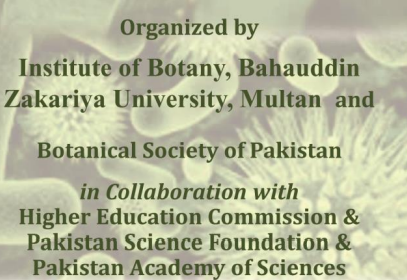-
-
-
-
-
-
-
-
-
-
-
-
-
-
-
-
-
-
-
-
-
-
-
-
-
-
-
-
-
-
-
-
-
-
-
-
-
-
ANDRÉ LUÍS LOPES DA SILVA1, JEFFERSON DA LUZ COSTA1, GIOVANA BOMFIM DE ALCANTARA2, DAYSE CRISTINA DE CARVALHO2, MARIANE RUZZA SCHUCK2, LUIZ ANTONIO BIASI2, GESSIEL NEWTON SCHEIDT3 AND CARLOS RICARDO SOCCOL1*
MICROPROPAGATION OF NIDULARIUM INNOCENTII LEM. AND NIDULARIUM PROCERUM LINDM (BROMELIACEAE)
Download PDF
-
-
-
-
-
-
-
-
-
-
-
-


